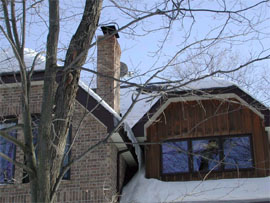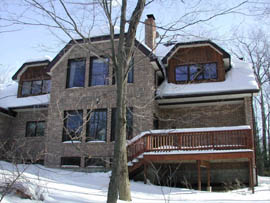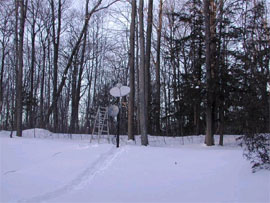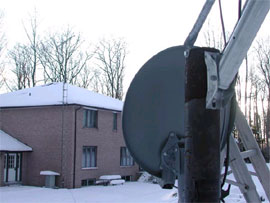




|
|
Satellite Internet Ontario
The last mile conundrum has dogged wired high-speed Internet providers and potential subscribers for years. The expense of laying wires and cable in cities and suburbs is partially offset by the numbers of potential subscribers in each square mile. In predominantly rural areas, however, potential subscribers are geographically dispersed, so it’s difficult for companies to recover costs of setting up infrastructure with the relatively few potential subscribers. Consequently, there are expanses of rural America that have no Internet access at all, much less access to high-speed Internet connections, such as DSL (Digital Subscriber Line) or cable broadband. 
 24% of rural Americans have high-speed Internet connections, whereas 39% of urban and suburban households have high-speed Internet connections. Of those questioned, 29% of rural adults use dial-up connections compared to 21% of urban and suburban adults, and a similar disparity exists among rural and urban/suburban non-Internet users: 38% of the rural respondents do not use the Internet at all vs. 30% of the urban/suburban dwellers.
Although we can’t ascertain by looking at those figures how many of the rural respondents have no access to the Internet or how many would switch from dial-up to high-speed access if it were available, we can’t help but wonder. One thing is clear, though: Despite higher numbers for urban/suburban vs. rural dwellers, roughly 61% of nonrural Americans lack high-speed Internet connections, and some 76% of people living in rural areas also go without. 

|
|||||||||||
| ©2002-2004 HighSpeedSat | ||||||||||||